FIX: The Proxy Server Isn’t Responding
“The proxy server isn’t responding”, followed by a probable cause of the error and a couple of tips on dealing with it, is an error message that is displayed when a user affected by it attempts to access the internet through an internet browser such as Internet Explorer, Google Chrome or Mozilla Firefox.
In many cases, if an affected user has two or more browsers installed on their computer, they observe that one of their internet browsers works perfectly fine. The “Proxy server isn’t responding” error message indicates that the proxy server that a person is using is not responding to the requests their computer is sending to it, and this is alarming for many users affected by this issue because most of them don’t even use a proxy server to begin with!
In most cases, the “Proxy server isn’t responding” error is simply caused by some kinks or issues with your registry and can be easily rectified. However, a suspicious or malicious program can also cause a harder to deal with version of this issue, which I will talk about later on. First things first, if you are seeing the “Proxy server isn’t responding” error every time you try to access the internet using a browser, go through the following steps in order to resolve the issue:
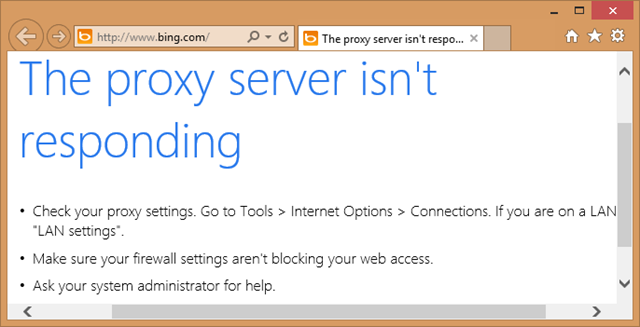
Check Internet Properties
Hold the Windows Key and Press R. Type inetcpl.cpl and Click OK.

Go to the Connections tab, and choose LAN Settings. Make sure “Use a Proxy Server for your LAN” is unchecked. If it checked, uncheck it, click OK / Apply and OK.

Once done, reboot the PC and TEST. If it still won’t work, move to the Registry Editor Method below.
Change Proxy Settings via Registry Editor
It is important to back up your registry settings before changing it. Hold the Windows Key and Press R. Type regedit in the run dialog and click OK. To backup registry, after opening it, Click File-> Export, name the registry file, eg: backupreg and click Save. To import / restore from backup, open registry editor again, click File -> Import, and select the file you exported earlier which is your back up. After it has been backed up; Navigate to the following path:
Computer\HKEY_CURRENT_USER\Software\Microsoft\Windows\CurrentVersion\Internet Settings
In the right pane, locate the ProxyEnable string. Right Click on it and choose Delete. If there is a ProxyServer string, Migrate Proxy, and Proxy Override, right click on it and delete them as well.
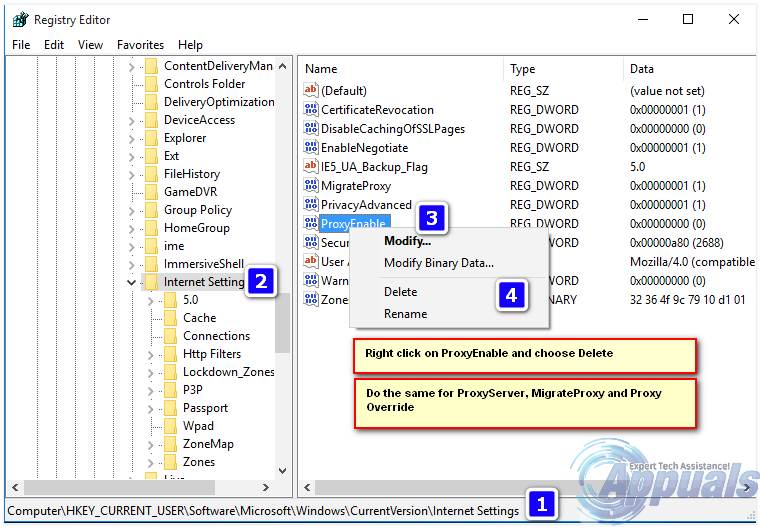
Now reboot the PC and TEST. If it still wont respond, then proceed with steps below.
Reset your web browsers
If you’re on Windows 10 and using Edge then follow steps here reset edge otherwise choose the tab for the browser you’re using.
To reset Internet Explorer; hold the windows key and press R.
This will open run dialog, in the run dialog type inetcpl.cpl and go to the Advanced Tab; from the Advanced Tab; choose Reset, and put a check on Delete Personal Settings, then hit the reset button again. This will not delete your bookmarks BUT you will need to get them back by doing CTRL + SHIFT + B or by going to the bookmarks menu
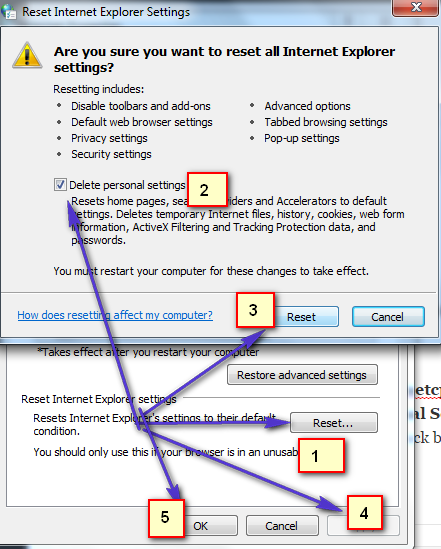
Exit Google Chrome completely.
Enter the keyboard shortcut Windows key +R to open run dialog.
In the Run Dialog window that appears enter the following in the address bar.
Windows Vista/ Windows 7/ Windows 8/ Windows 10/ Windows 10:
%LOCALAPPDATA%\Google\Chrome\User Data\
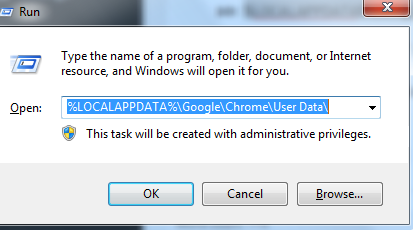
Locate the folder called “Default” in the directory window that opens and rename it as “Backup default.”
Try opening Google Chrome again. A new “Default” folder is automatically created as you start using the browser.
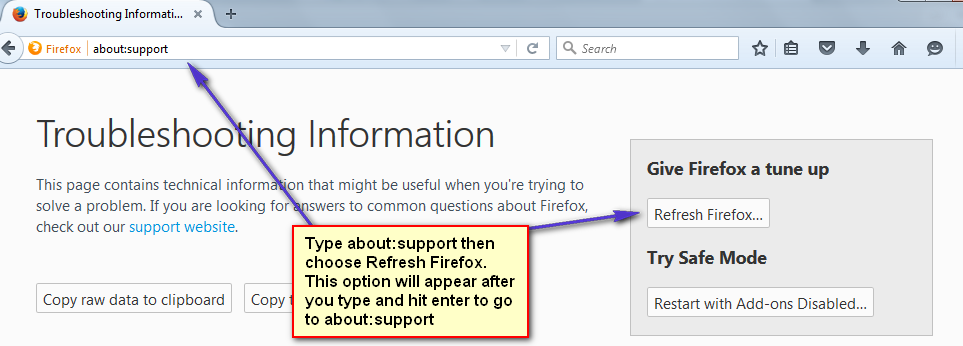
Click Here to view Steps on Resetting Edge
If after resetting the browsers, it does start to work then this is most likely caused by a adware which must be removed in order to stop it from coming back. To do this, you can use AdwCleaner (google it) to download it and install it, and then clean the adwares. However, If it still shows proxy server isn’t responding error, then do a full scan using your antivirus software and remove any threats it finds, if it still won’t work, then uninstall antivirus/malware and vpn, or other security softwares temporarily to test. If it then works, you can put your security program back, doing this will reset the rules configured in the firewall/antivirus, etc.
Also check out Windows could not automatically detect this Network’s Proxy settings